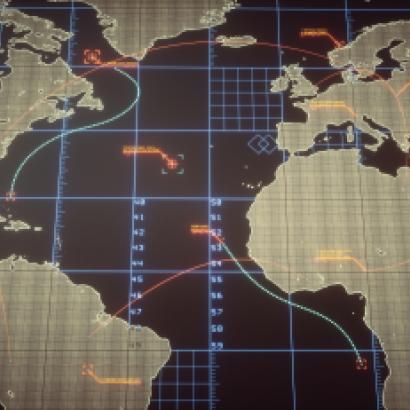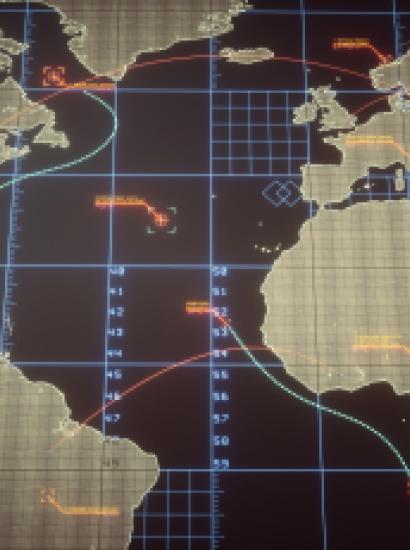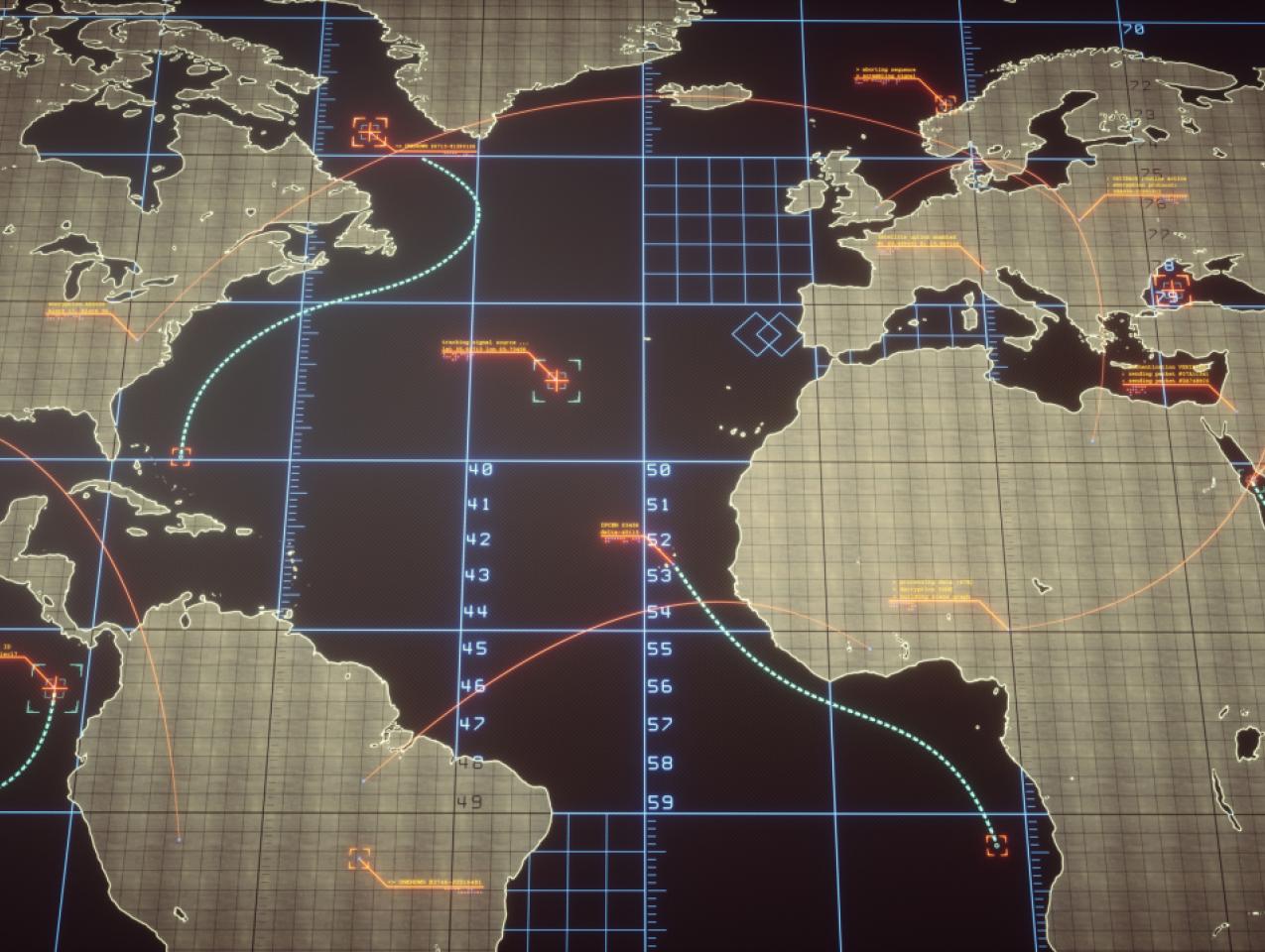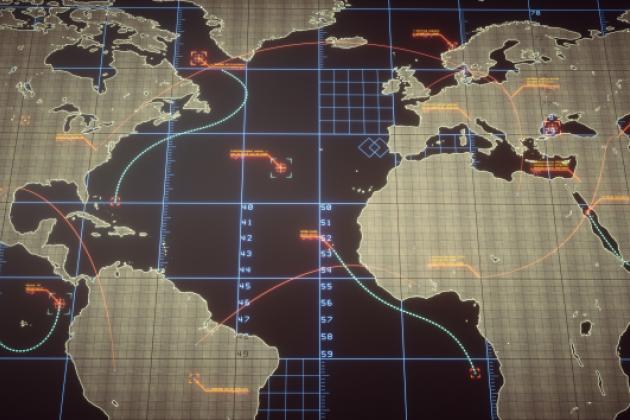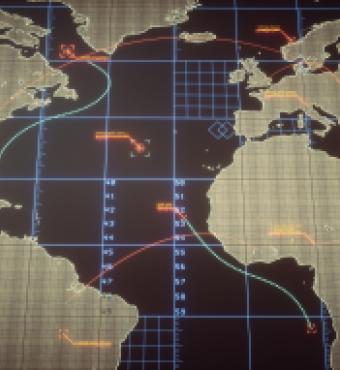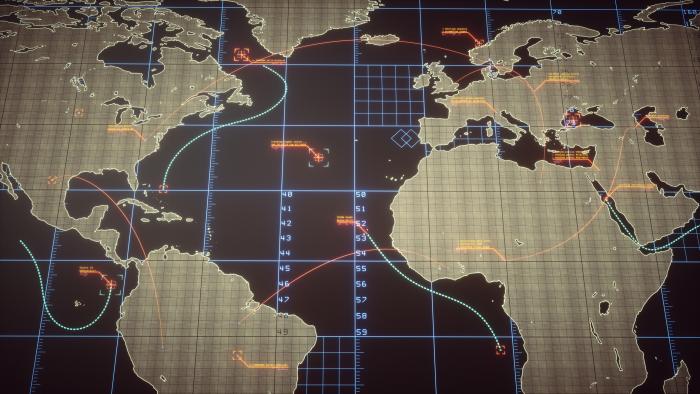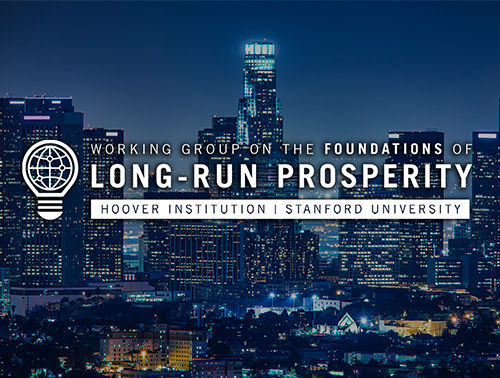Adam Smith famously observed a tight connection between geographic features, the extent of the market, and economic development. In recent decades, scholars have used GIS technologies applied to latitude-longitude grid cells to operationalize these hypotheses. A limitation of this approach is that human beings do not make location and investment decisions based on grid cells, but do so based on the extent of the market, which they take as conditional on the contiguous features of the earth’s surface, human-made alterations to those features, and the available transportation technologies. We therefore estimate the size of markets around the world in Smith’s time, conditional on 18th century river flows and lakeshores, 18th century transportation technologies, the distribution of (time invariant) natural harbors, pre-global warming sea ice extents, and potential staple crop output using pre-green revolution cultivars and production methods. We refer to these units of analysis as Transport Corridors. We construct a measure of economic development at the transport corridor level by identifying, geolocating, and estimating the population of any city or town that meets a threshold size of 20,000 inhabitants circa 1700, 1800, 1850, 1900, 1950, and 2000. We find that in Smith’s time 81 percent of the Old World’s urban population was located in large, agriculturally productive transport corridors that include at least one natural harbor—even though those corridors account for only 10 percent of the Old World’s ice-free surface.
Read the paper: Transport Corridors







